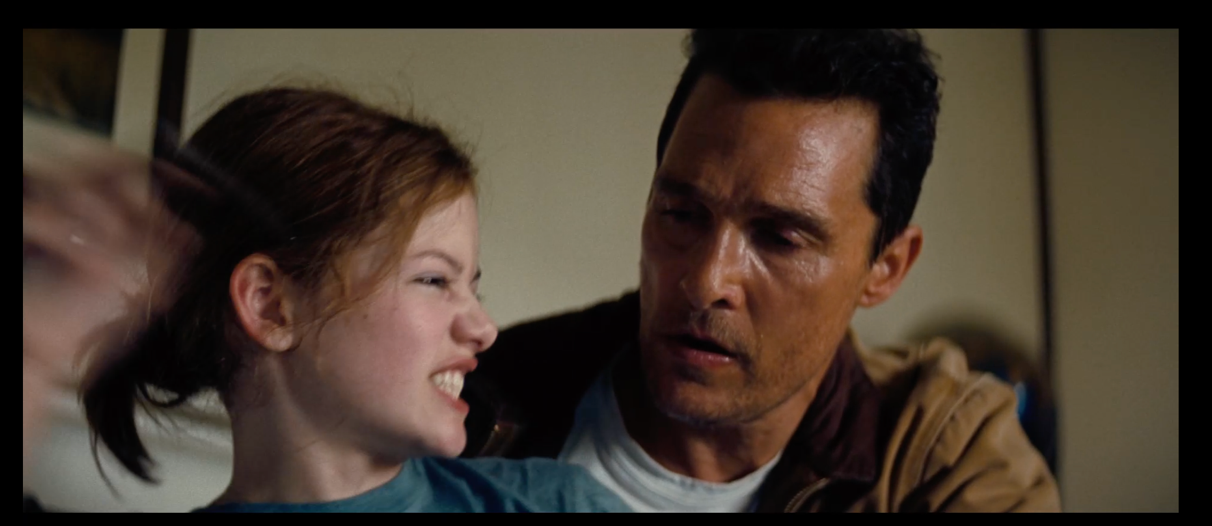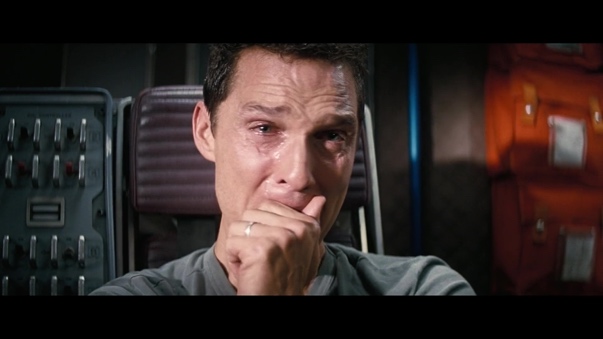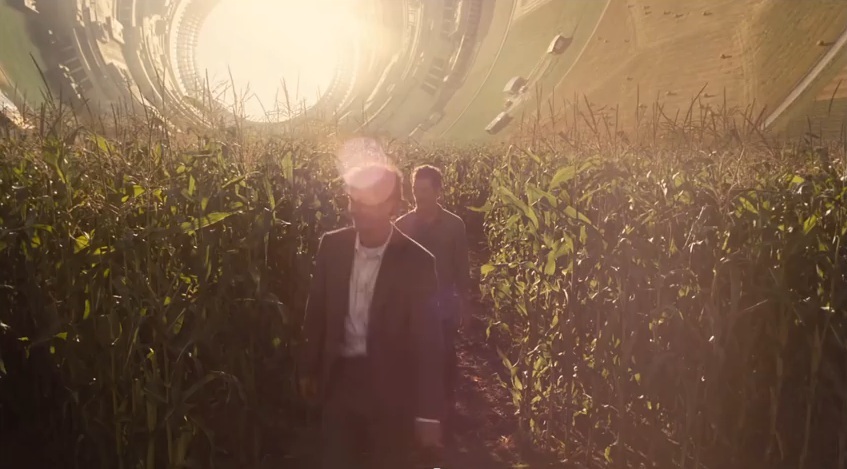Introduction
A deeper study of literary works, based not so much on superficial reading as on searching for hidden meanings and interpreting details, is an essential part of informed criticism. In fact, no work in the world, be it a book, a movie, or even a TV show, is created for the sole purpose of comfort; instead, authors build a line of narrative and overall plot on a multitude of micro-themes, each of which can convey a specific message to the reader, listener, or viewer. The more such subthemes there are in a work — and the more harmoniously they are connected to each other — the more likely it is that the work will be complete and attractive to the audience because it will be able to touch some of its deepest thoughts. In this interpretation, it is well established that criticism of works can be accomplished through the paradigm of the reader’s experience. This school of aesthetics defines Reader-Response Criticism, in which the audience and its experience with the work act as the central filter. This essay uses the paradigm of this form of criticism to analyze in depth Christopher Nolan’s internationally acclaimed 2014 film Interstellar. The fundamental thesis is that Interstellar is perfectly described through the receptive theory of criticism in view of the depth of the story.
The primary point is to briefly describe the film’s overall plot so that further discussion makes sense to readers who have not been familiar with the motion picture before. The plot is based on the idea of exploring the horizons of the universe with a search for a planet that is optimal for the continuation of the human race. This is the not-too-distant future, 2067, when severe natural disasters, hunger, and poverty occur on Earth: in fact, these are the factors that are the reason for the active search for a planet to colonize. Former NASA pilot Joseph Cooper is forced to leave his family behind to pursue a human-scale goal, and as a result of this breakup, Cooper’s relationship with his son and younger daughter is damaged. During their space journey, Cooper’s team visits several exoplanets and encounters severe threats in the form of mile-long tsunamis and lifeless frost, but they eventually find a candidate planet. This is just a general storyline, showing the movement of the characters from the starting point to the ending point. However, the film is much deeper than it might seem at first glance and contains multiple uncertainties and understatements.
A brief plot of the film
One of the major themes of the film, besides the idea of intergalactic civilization, is that of relationships with one’s family and love. There are many hidden meanings and rhetorical tools in Interstellar, which Nolan has used to create a fascinating and engaging motion picture. Tyson teaches that reader-response criticism is based on the reader’s perception of uncertainty in the text and how that uncertainty is turned into meaning — not necessarily true — for the reader through the lens of individual experience (Tyson 189). In this sense, one of the most critical scenes in the film, a fragment of which is shown in Figure 1, reflects the depth of the relationship between father and daughter, between whom there must probably be a permanent separation. It is worth saying that the relationship with the protagonist’s son is significantly colder and more restrained: their goodbye takes less than a minute. The nature of the bond with his daughter has not been fully revealed in the film before, and it is not entirely clear how strong the love between them is; however, this is something that each viewer learns through their own experience. Through the screen, one can see that the news of the departure breaks Cooper’s daughter, but the veracity of her emotions and the pain she feels is perceived uniquely by each viewer. It is only natural that for some, such a scene may have seemed ordinary or even superfluous, while others found in it the experience and pain of remembering the relationship with their own parents.

The idea of a father-daughter relationship
In the 40th minute of the film, in which the encounter described takes place, it is not yet clear what exactly Murphy means to her father. As the plot progresses, however, it becomes clear that the daughter is the center of Cooper’s life, and without her, he is broken and shattered. The perception of their bond is particularly adjusted in the most emotional scenes when Cooper leaves home and when he watches a video message from his grown daughter (Figure 2). These shots most fully fill in the gaps that existed earlier through the demonstration of the pain Cooper feels when he loses his daughter. Thus, the reticence regarding the loving relationship between father and daughter may be perceived ambiguously by the audience until Nolan introduces additional shots to convey specific information.


Correction of perception
Another crucial point, which can also be described through the paradigm of receptive criticism, is expressed in the analysis of the literal ambiguity of the picture. At the beginning of the film, when Cooper had not yet left the children, an anomaly was occurring in his daughter’s room: books were falling off the bookshelf by themselves, and sand was forming a pile. The movie did not give a specific answer to this question but instead said that the possible cause lay in the peculiarities of the magnetic field. This seems like an odd solution since the connection between the falling books, and the magnetic anomaly does not seem transparent, but Nolan did not devote much time to the problem. The presence of such uncertainty has led to many theories that the viewer’s mind could construct. For example, it could be a poltergeist or a ghost, as well as Murphy’s desire for attention: until this point was revealed at the very end of Interstellar, the magnetic phenomenon remained an unresolved problem that created new associations as the plot progressed. The situation became more complicated when Murphy, already an adult, realized that the books were falling for a reason, but there was some code encrypted in them. For the viewer as a whole, this information did not add any new insight, as the fundamental question of what exactly causes the anomaly had not yet been answered. Only at the end, when Cooper finds himself in a whole new dimension, incomprehensible to the human mind, does it become clear that it was he who had moved the books in his daughter’s room to thus transmit the cipher to her. In other words, the viewer is again confronted with the adjustment of the perception of the story through the clarification of details.
Uncertainty of the anomaly
Interestingly, the magnetic anomaly from Interstellar can be viewed from a different perspective. From a plot point of view, the tipping over of the books and the moving of the clock hand are scripted moves to advance the overall story: with these tools, Cooper conveys the necessary knowledge of gravity and time so that Murphy can save humanity. However, there is a more metaphysical meaning to these scenes, namely the connection between the living and dead people. For Murphy, her father, who abandoned his daughter decades ago and has not made contact, is dead. For this reason, examining the scene through her daughter’s eyes shows an incomprehensible connection to something supernatural, and this connection is one-sided. It seems to hint that dead people may contact living relatives and friends to share important information or bring messages. From this perspective, then, the primary perception of the anomaly as something otherworldly makes sense again.
Perception Adjustment
Notably, despite director Nolan’s frequent technique of explaining uncertainties as the plot unfolds — as was evident, for example, in the Tenet — not all of the film’s unresolved questions are answered. One significant understatement concerns the film’s ending: Cooper and his crew flew through a black hole, or wormhole, to other galaxies, but after a scene with an alternate dimension and a binary transmission to his daughter, he ends up on Cooper’s station orbiting near Saturn (Figure 3). Determining why humans live near Saturn when Cooper and crew began colonizing the exoplanet is a significant uncertainty with no answer. On the one hand, it might seem that the station near Saturn is a temporary stronghold for humanity, which will soon relocate outside the solar system. On the other hand, it is likely that humanity will never be able to move beyond the wormhole, which means it is doomed to live inside the solar system. In this sense, readers’ minds self-construct the plot and determine that the purpose of the entire expedition was never to relocate but to colonize. Thus, Murphy will never see his father again, who has once again poisoned himself to colonize the planets instead of living with his already elderly daughter on a station near Saturn. Nolan does not provide an answer to this question and forms an open finale. It is open finales that are one of the main tools of the reader-response criticism because it allows for the creation of understatement that the individual experience of the audience will perceive. That is why, in fact, there are many interpretations of the ending of Interstellar — because the meaning of the finale has not been clarified, which means that each viewer can interpret the finale in their own way.

The unresolved question of Cooper Station
Turning again to the philosophy of receptive criticism, one finds an important detail: this school of aesthetics refers to the author’s use of hidden sub-themes as a tool for interacting with the audience. The scenes discussed earlier were examples of obvious understatements or issues that were directly or indirectly discussed in the film. However, the depth of Interstellar is more significant: it includes subthemes that were not described on the surface but hints that were given. One of the lows is the idea of hope as salvation in hopeless situations. In particular, when Cooper falls into a black hole, the viewer takes advantage of the experience he has already had to realize that Cooper will die. This is a well-known truth taught in schools and talked about in scientific writings: there is no way out of a black hole (Weitering). However, in moments of hopelessness and expectation of doom, salvation awaits the protagonist, namely the tesseract as a new dimension. Nolan does not say why he decided to make such a move, so the reader can only explore it through his own experience. Thus, one interpretation might be the idea that there are no hopeless situations, and one must always hope for salvation. Little attention has been given to the question of the supernatural forces that watch over humanity: it was they who gave Cooper entrance into the tesseract. This raises doubts about the fact that there are other forms of life in this universe besides Earth, which is one of the leading existential questions. Remarkably, unlike in classical mythology, these forces are not deities, according to the film, but humans themselves. A viewer who has watched this film carefully might think of the descendants of humanity, who have made such progress that they are able to connect through the fabric of time with their ancestors as a supernatural force.
Conclusion
In conclusion, it should be noted that every work, regardless of genre, has its primary meaning, which can be transparent, as well as additional sub-themes. Interstellar is such a work, which, among others, is perfectly analyzed from a viewer’s perspective. There are many details and questions hidden in this Christopher Nolan work that are not immediately resolved or not resolved at all. In this sense, the audience is left to guess and make assumptions based only on personal experience. Among others, personal experience allows one to experience key moments in the film with a special emotional force behind the audience’s experiences and feelings. All of this leads to the conclusion that the interaction of film and viewer perception creates meanings that are selective and specific to each individual.
Works Cited
Tyson, Lois. Critical Theory Today. Routledge: 2006.
Weitering, Hanneke. “How Do Particles Escape Black Holes? Supercomputers May Have the Answer.” Space, 2019.